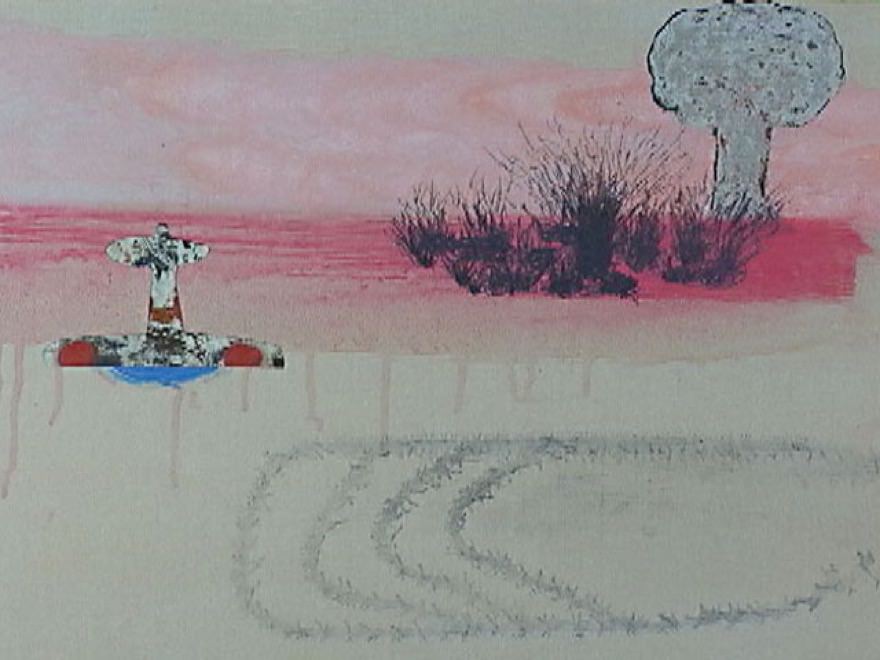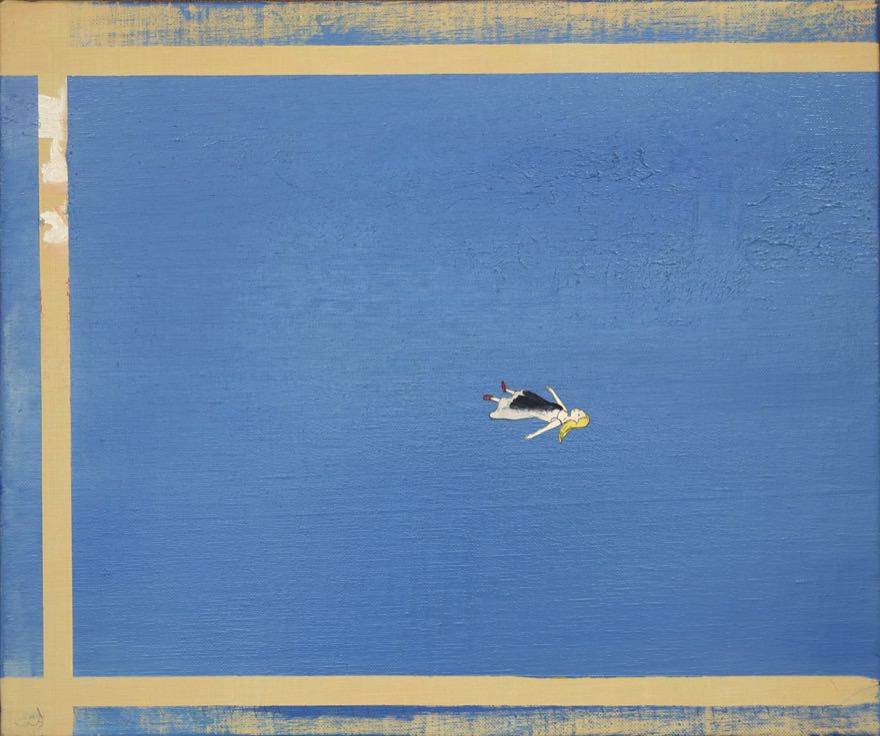Juxtaposed LAND
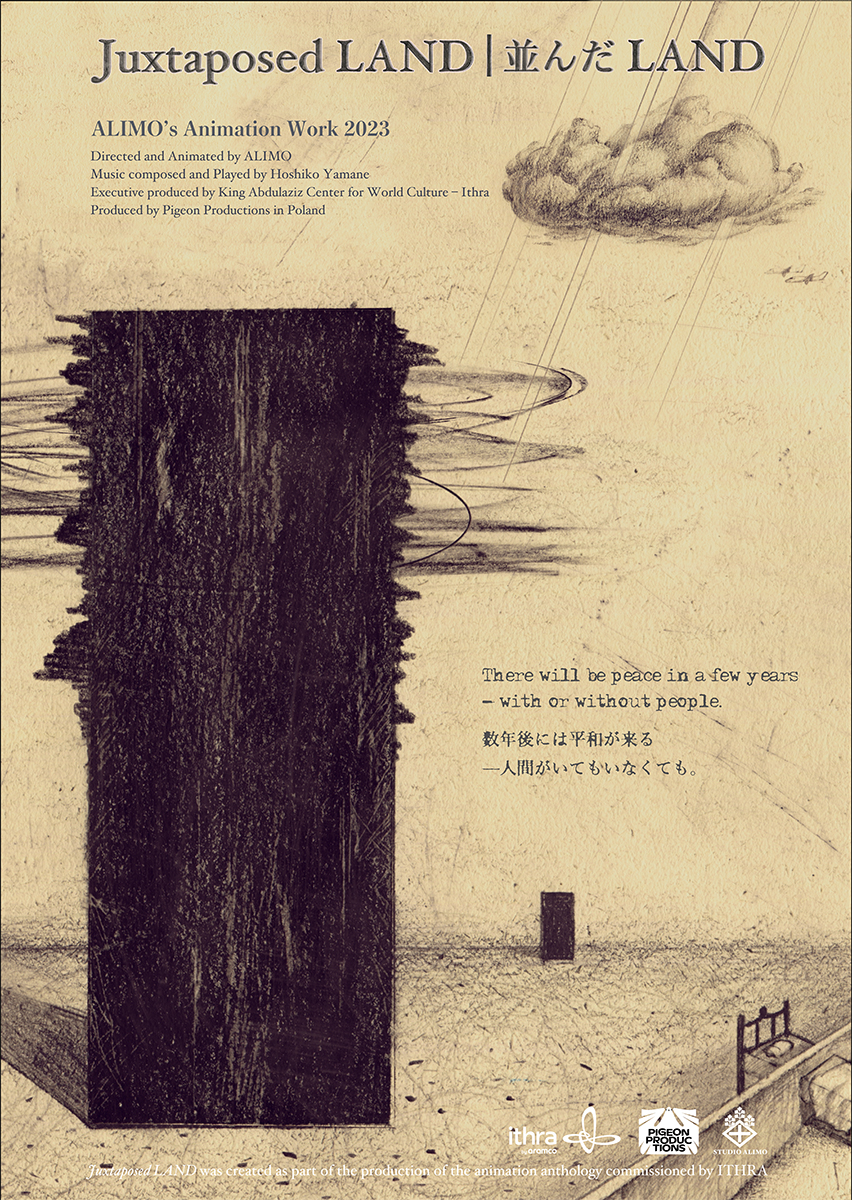
Executive producer: King Abdulaziz Center for World Culture (Ithra), Majed Z. Samman
Producer: Pigeon Productions, Mikołaj Błoński
Composer & Player: Hoshiko Yamane
– Logline –
Words and images associated with countries, lands, and landscapes, cited from classic literature, graffiti, and contemporary photographs, are presented in a discontinuous, unclassified form.
– Synopsis –
I have been forced to become more aware of the country and its borders than I have ever been before.
In the midst of these days,
I took a walk with my 0-year-old daughter and wondered what she was feeling as she saw different landscapes for the first time.
I imagined a world where I existed and my loved ones did not.
I imagined a world with loved ones and without me.
One day, such a world will surely come.
I want to be the landscape of my loved ones.
Trailer “Juxtaposed LAND” (Trailer)
Variation: Score of fable
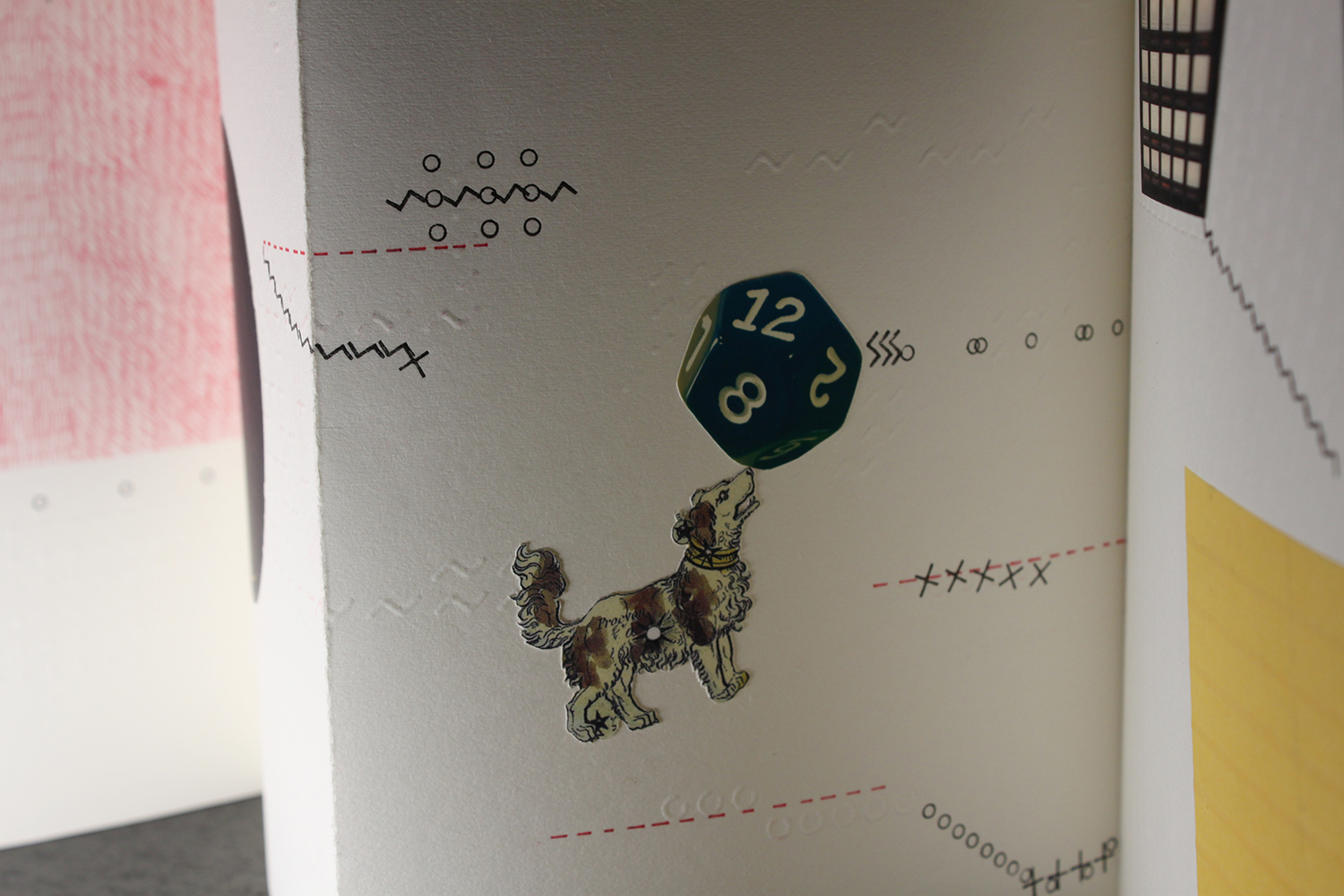
– Comment –
In recent years, I have a project trilogy “Variation” with the theme of HIROSHIMA, I am promoting a project to create and present over 3 years from 2016. As a first, I presented a sound installation work as “Overture” at the Hiroshima Branch Building of the Bank of Japan last year. The animation “Yellow rain” and the graphical score “Score of fables” I presented at “HIROSHIMA CODE” are in the position of the second “Orchestra/Symphony”. In the “Score of fable”, sound is portrayed visually as a motif that star, dog, “Trinitite” produced by a nuclear test besides and etc.
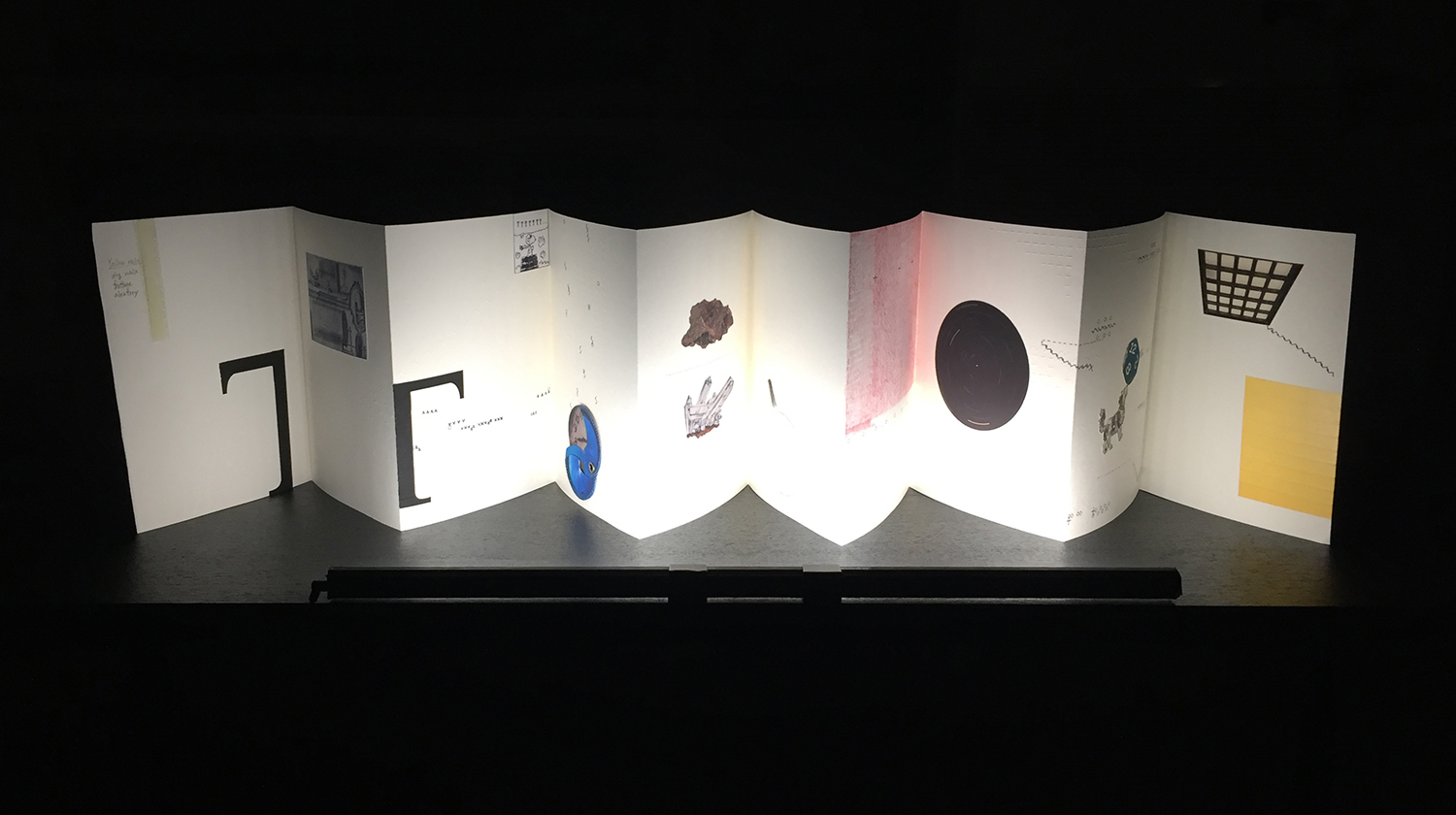
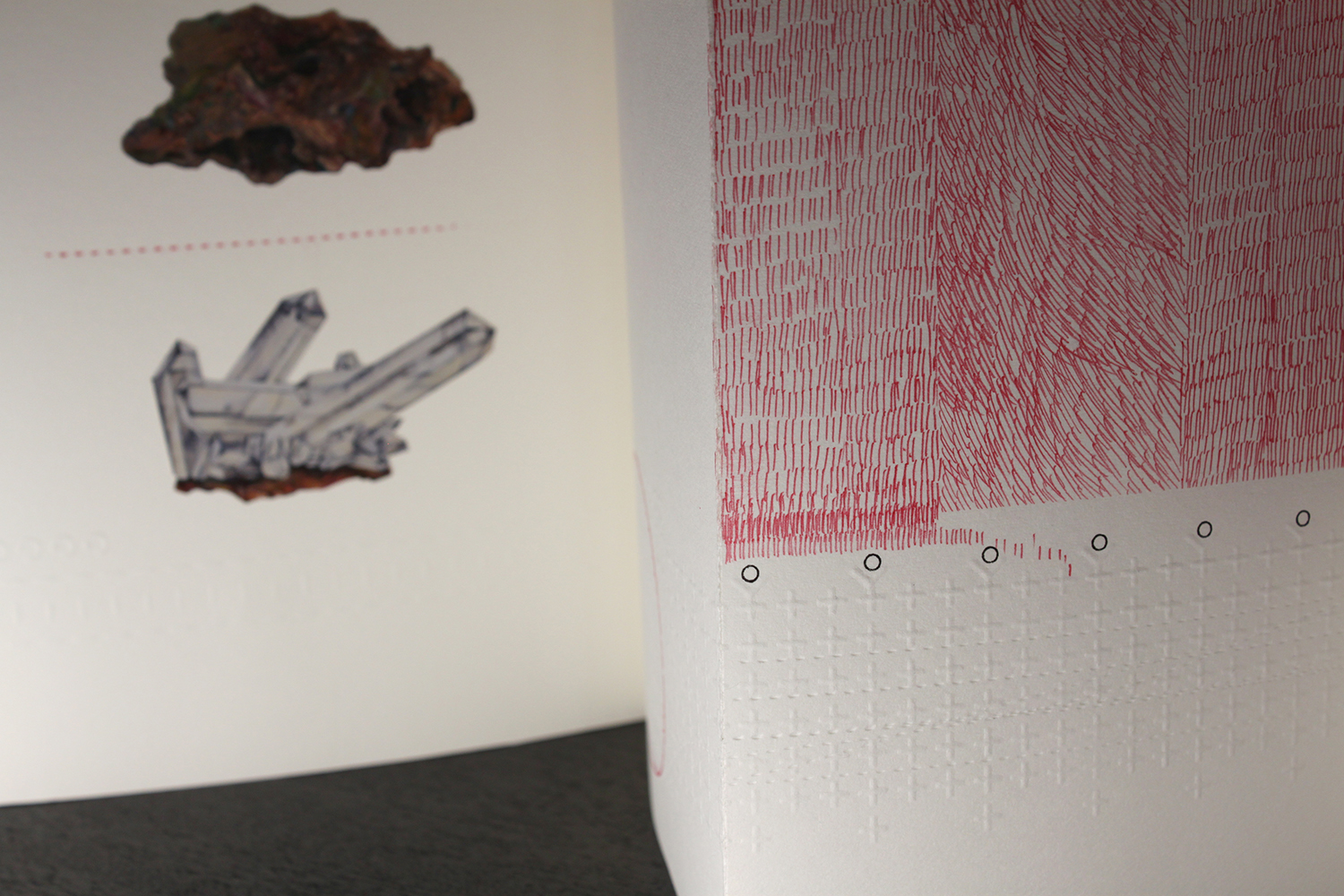

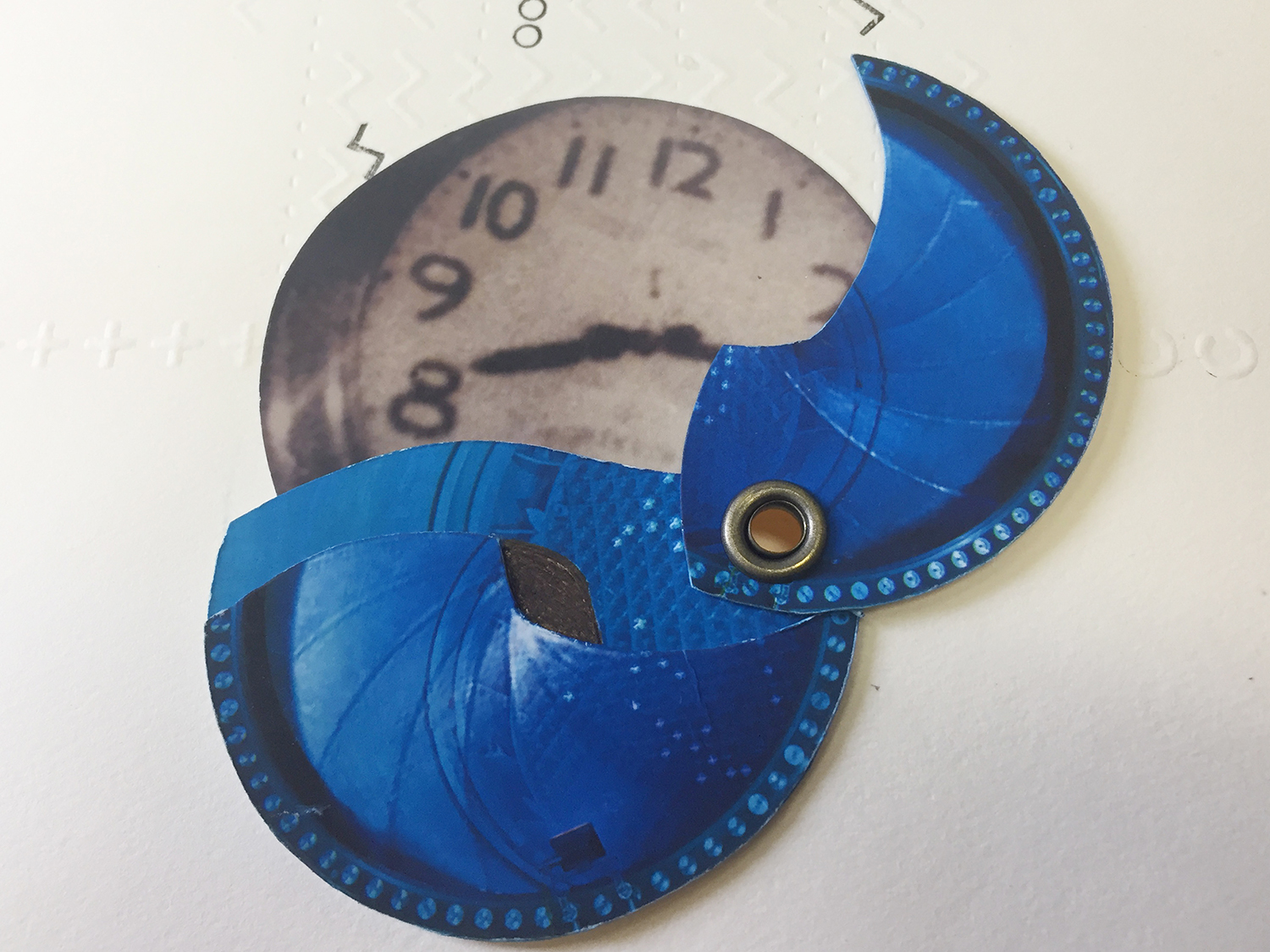
Variation: Yellow rain
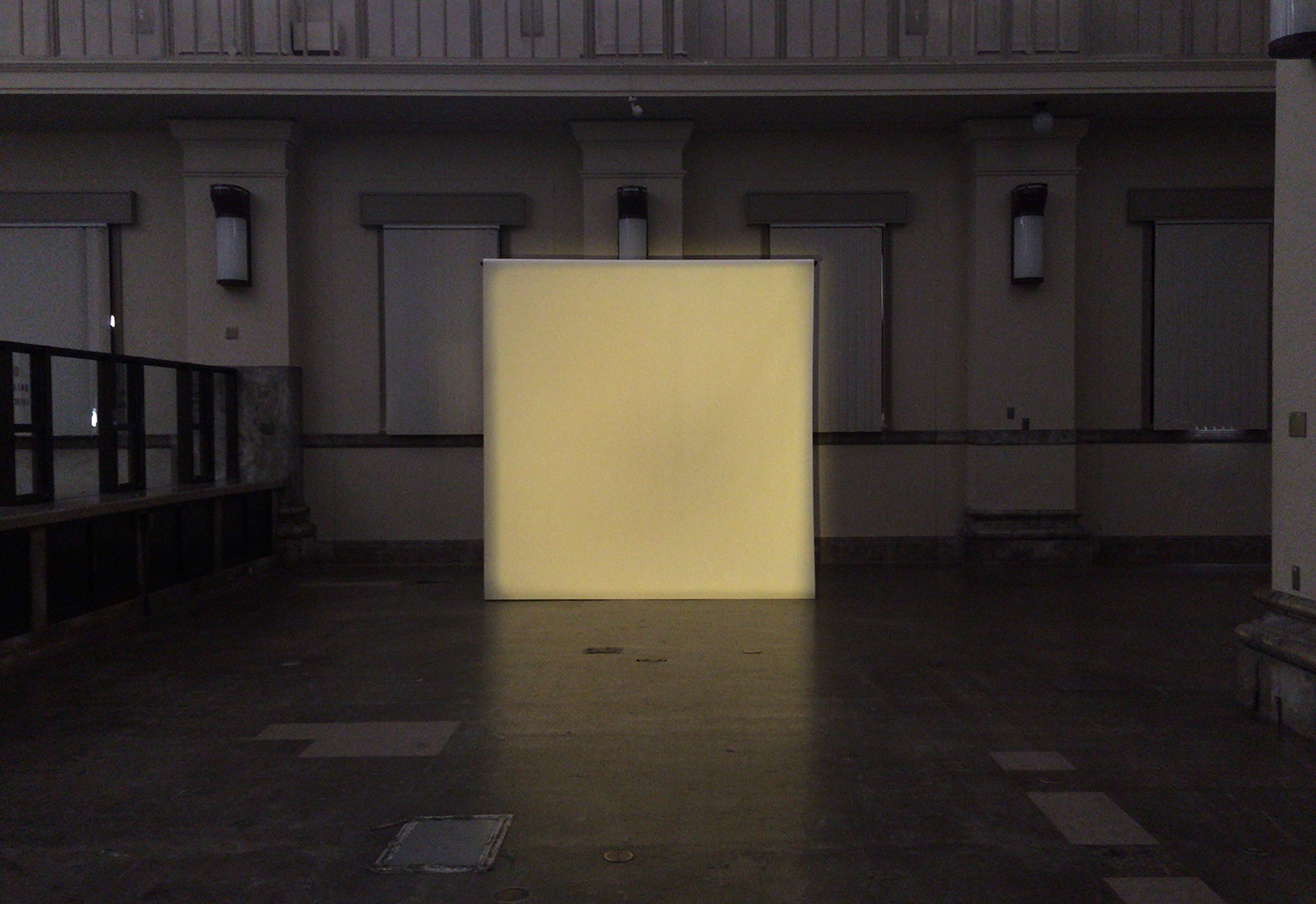
– Comment –
In recent years, I have a project trilogy “Variation” with the theme of HIROSHIMA, I am promoting a project to create and present over 3 years from 2016. As a first, I presented a sound installation work as “Overture” at the Hiroshima Branch Building of the Bank of Japan last year. The animation “Yellow rain” and the graphical score “Score of fables” I presented at “HIROSHIMA CODE” are in the position of the second “Orchestra/Symphony”. “Yellow rain” has been influenced by Tarkovsky’s film “Solaris” and atomic bomb victims spoke as visual experience “I saw yellow rain and sand”. It seems that there was a similar phenomenon in Chernobyl and Fukushima. After that, it’s known cataract as a visual influence. At the opening of the exhibition, the yellow film by 16 mm film is a flat color surface, but random lines like rain gradually become gusty rain, and it’s become almost white surface at the closing time while screening 8 hours a day. In other words, the yellow gradually rain light, then it rain hard, and in the end it become a white blurred image. It seems to be a white blurred view by cataract.

Variation: Animation for music based on “ground zero, 6th August and dog walk”

– Comment –
In Hiroshima atomic bombing 70 years in 2015, on 6th August, I walked with 12 participants who born in Hiroshima city and one dog at around ground zero (the Atomic Bomb Dome, Aioi bridge (commonly known as T-shaped bridge), bombed trees, and etc.). We walked to follow the dog’s interests. At that time, 12 participants garnered some pictures by frottage (rubbing picture) on ground of places the dog stopped and the around. I was aiming to collect a chance which was beyond my intention by joining a dog and others in a creation of an animation. Thus, I attracted the chance of several layers to a creation of the process, at the same time, I have taken “ornament” what it can also be called a memory from the unevenness of Hiroshima city. A picture that has been selected one by one from 12 participants has been converted to 12 sound through the film by me. I apply a number sequence derived from the rotation of the celestial sphere of the north of the starry sky to this. Then the picture is played as music by that I create serie ornament as a score.
The work was published the Hiroshima Branch Building of the Bank of Japan where has the property that sound echo, and the bombed building at a short distance of 380m from ground zero as an exhibition venue. By doing, the sound called a memory resound through the viewer. At the venue, it was carried out improvisation with the bombed piano as a collaboration of sound.
The important thing is that it includes the followings the structure of the animation. First, the cosmic law. Next, a chance in the two everyday actions that the act of dog walk a view of the ground while moving and stop in for the look up at the starry sky.
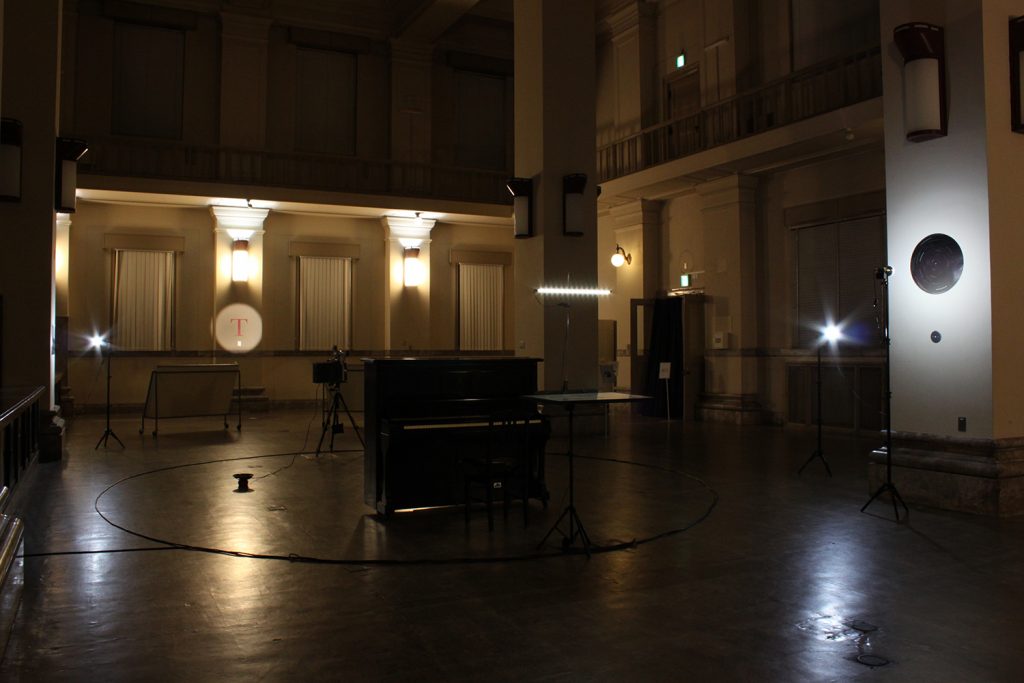
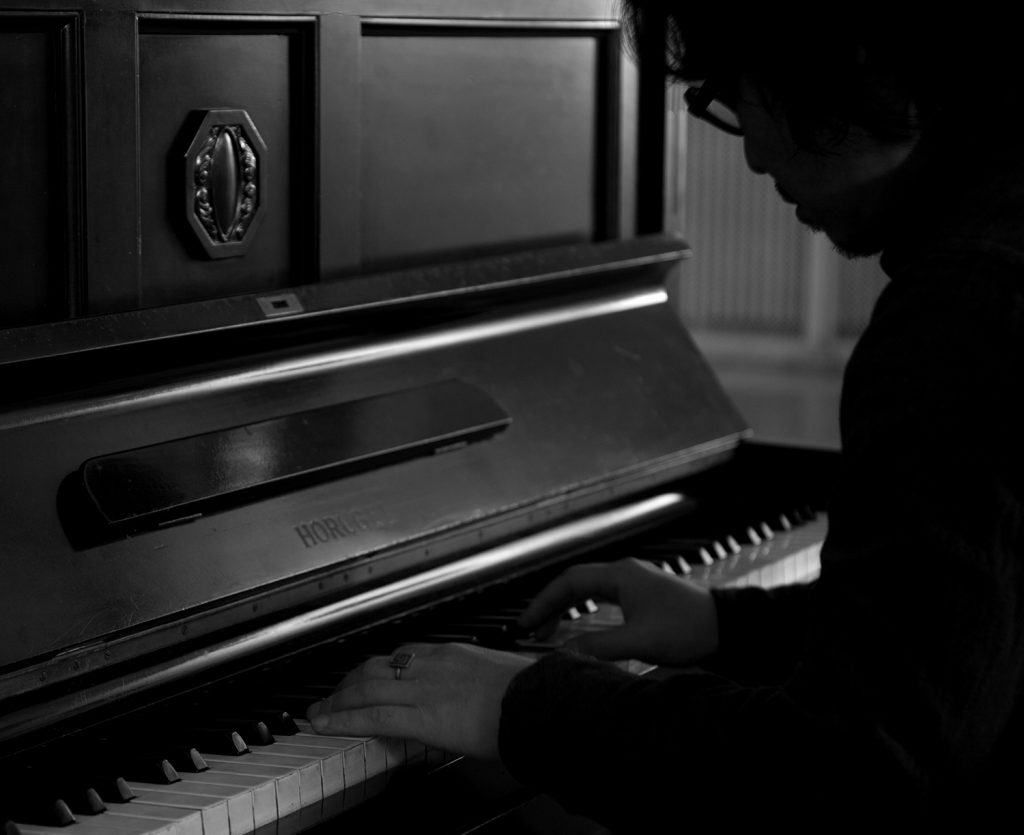

Animation for music based on “starry sky and dog walk”
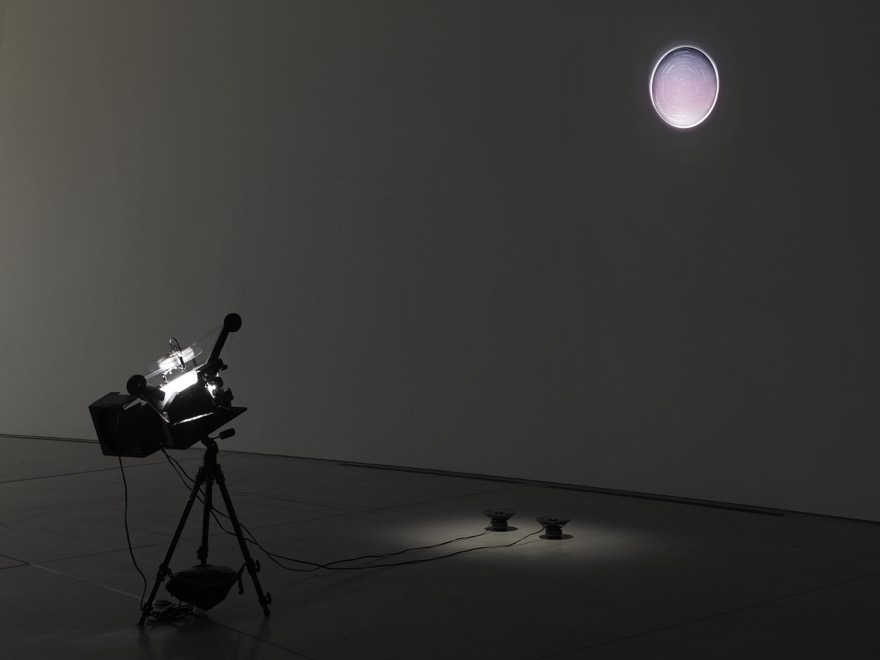
photo courtesy: Aomori Contemporary Art Centre, Aomori Public University
– Comment –
This is a work that I created when I participated in residence program at Aomori Contemporary Art Centre (Japan). Dogs and stars play key elements in this work, an animation of sound which incorporates coincidence and human intervention. First, I took a dog for a walk with 12 workshop participants to collect images as sources for sound. At every place the dog would stop, I and participants would gather “pictures” by talking rubbings (frottage) of the ground and surrounding areas. The purpose behind allowing the place to be selected by the dog and gathering pictures by way of frottage was to create coincidences beyond the artist’s control. In this manner, I was able to call upon several coincidences in the process of creation while simultaneously foraging what could be called “ornaments” from the city of Aomori. Each of the twelve participants contributed one frottage “ornaments,” which were then converted into twelve sounds using film.
Next, these sounds were given a shape in time derived by an algorithm based on the movements of the North Star, which returns to its original position every twenty-four hours, at the time of the lunar eclipse during the residence period. A 16mm projector recognizes the images as signals to trigger sounds that flow out of speakers in what you could call an “animation of sound.”
Walking a dog around town, staring at the ground and rendering its texture onto paper, pausing to gaze at the moon and stars-the accumulation of these perfunctory behaviors is played back as music through the medium of film and animation structures as result of universal principles and several coincidences.
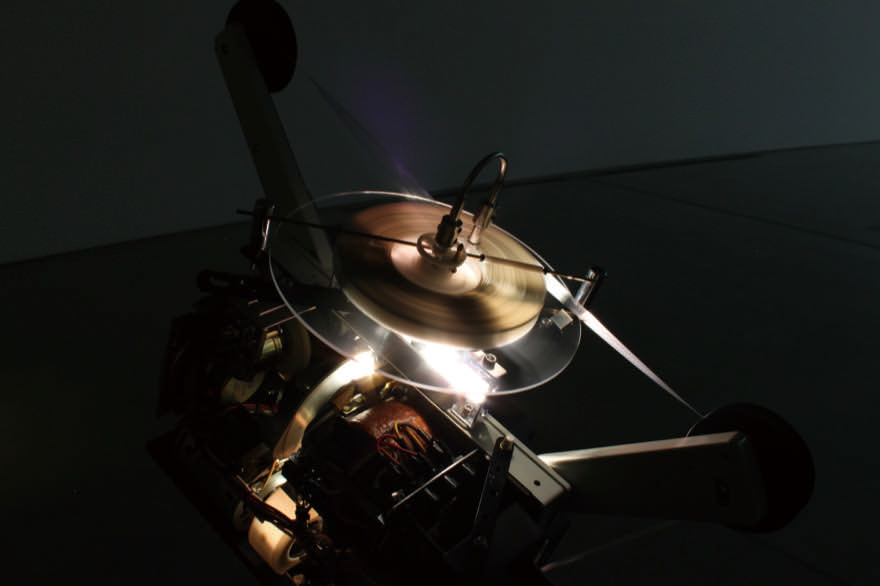
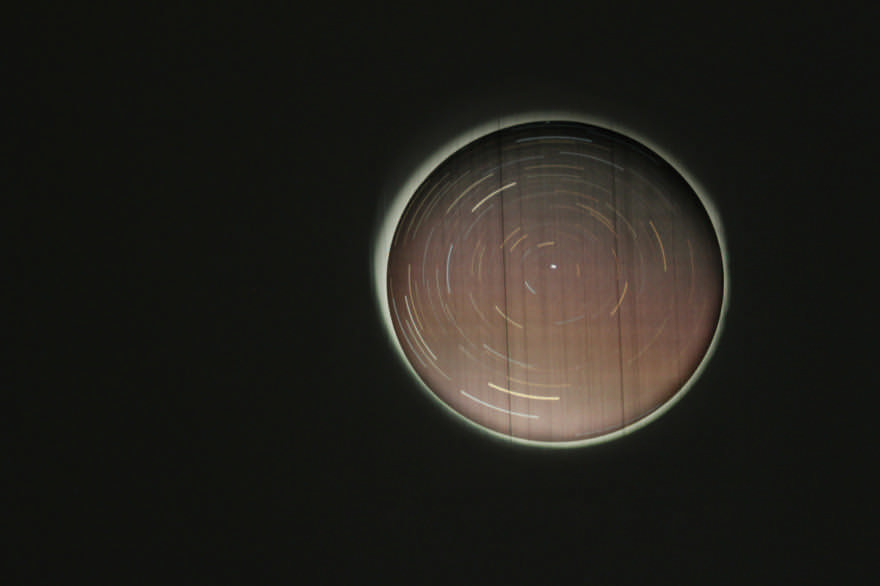
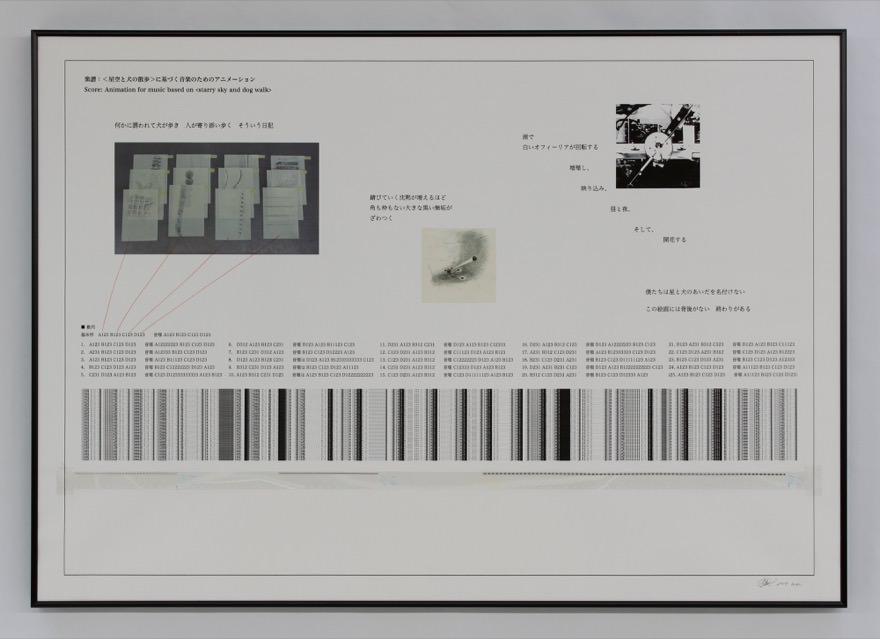


WHITE NO.2

– Comment –
White, the color of snow, that familiar color for Estonia where I live, and the color of the foam on the river. I don’t know where did this foam come from. I’ve had Estonians tell me that in the past, tainted milk was consumed here and safe milk was carried to neighboring countries. Even though white is reminiscent of the beautiful landscape, it has an eerie color. For Estonians, this color is in deep connection with history and current daily life.
White, for me, is the color of the paper always facing me. I collect white paper that is carefully tucked in peoples’ bags. As I am in the process of doing this, the reading of numbers – that are lurking within the music – act in concert with paper which in turn cause change to the rhythm and speed of the projection. The color of paper, White, which is projected by the video equipment, combines in itself a certain presence that produces light and reflection as an object.
The White for these men and women is for these women and men the light. At a screening, this light is interfering with every light in my daily life, and when we can not recognize a faint story that is contained in the trace and the shadow of the paper, it becomes this sense of distance with me and the stories of these people. When projecting an image on a screen, it becomes impure and “dirty” which adds another layer of distance.
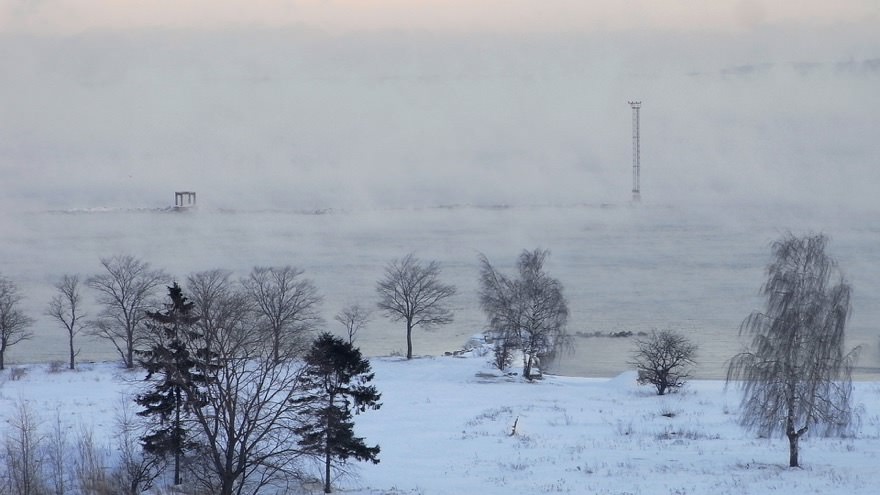

WHITE

– Comment –
White, the color of snow, that familiar color for Estonia where I live, and the color of the foam on the river. I don’t know where did this foam come from. I’ve had Estonians tell me that in the past, tainted milk was consumed here and safe milk was carried to neighboring countries. Even though white is reminiscent of the beautiful landscape, it has an eerie color. For Estonians, this color is in deep connection with history and current daily life.
White, for me, is the color of the paper always facing me. I collect white paper that is carefully tucked in peoples’ bags. As I am in the process of doing this, the reading of numbers – that are lurking within the music – act in concert with paper which in turn cause change to the rhythm and speed of the projection. The color of paper, White, which is projected by the video equipment, combines in itself a certain presence that produces light and reflection as an object.
The White for these men and women is for these women and men the light. At a screening, this light is interfering with every light in my daily life, and when we can not recognize a faint story that is contained in the trace and the shadow of the paper, it becomes this sense of distance with me and the stories of these people. When projecting an image on a screen, it becomes impure and “dirty” which adds another layer of distance.



Imaginary Erratum Animation
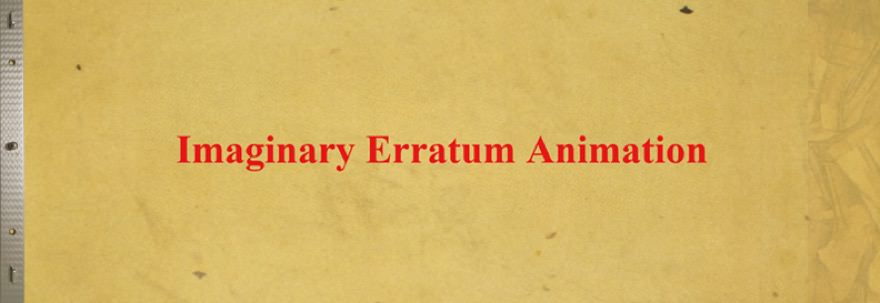
– Statement –
Art project titled ‘Imaginary Erratum Animation’ is instruction for an animation work. This work is aimed at producing an animation work by collecting drawings from the participants all over the world. Animation is essentially animated (revitalized) by movement of pictures. For example, the principle of Music, composed by continuity of notes, is similar to this. Therefore, Animation minimally consists of an unit of two resemble images. I guess that, by casting an eye on the principle of Animation, one can discover a new style of creative Animation. I would like to make a suggestion to existing Animation by introducing contingency and communal land. In the project, ‘others’ will bring the contingency by making use of pictures and poems. The project comes from the motivation above.

《Methodology in Imaginary Erratum Animation》
- Imaginary Erratum Animation (IEA) is a system of ‘Drawing Action’.
- IEA is a project that focuses on two similar images and their movement that are fundamentally a minimal unit of Animation.
- ALIMO draws the first and last images. In Animation, the images are called ‘Key Animation’.
- The Movement in IEA is motivated by the interposition of ‘Others’. In Animation, the duration of interpositions are called ‘In-between’.
- ALIMO provides ‘Others’ with the two images and a poem.
- ‘Others’ reads the poem and draws a picture imaging an appropriate image that connects the two pictures.
- When ‘Others’ follow these conditions, the contingency, improvisation and arbitrariness brought by them in the drawings are most welcome, because this is the essence of ‘Drawing Action’.
- ‘Others’ draw a picture following the conditions of drawing tools, image sizes and time limits.
- ALIMO places the corrected drawings in order based on the chronological orders when he receives the e-mails. In workshops, numbered papers shall be distributed. By doing this, ALIMO intends to remove any arbitrariness and create accidental movement.
Open Play, Forgetting Eye

Music : HABUKA Yuri
Sound Design : SEKINE Suzuka
– Synopsis –
The film is made with the Surrealist game, “exquisite corpse” as its core methodology. Pictures are drawn and drawn repeatedly. After several days one forgets the images he has drawn himself. Through the accumulation of coincidences and contiguities, the act of “combining the forgotten images together” generates interstices, and finally this play gets its own rhythm and opens itself like a window through which the sunlight streams.
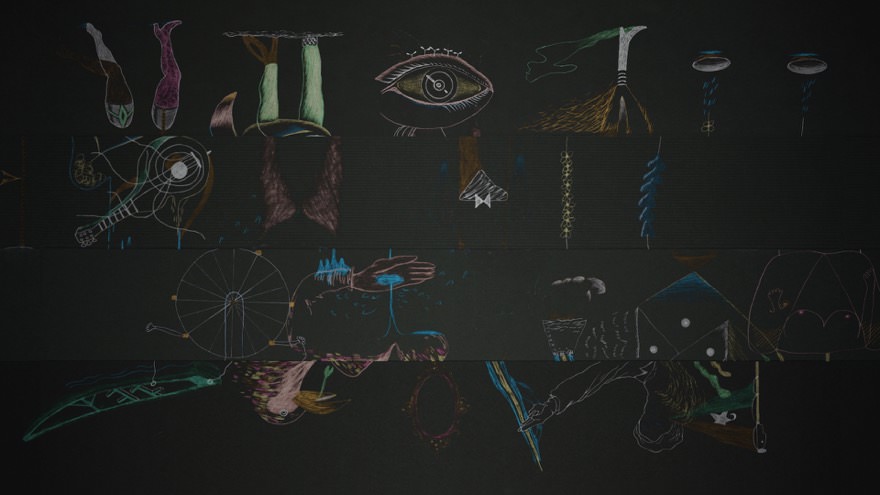


– Comment –
《Connecting the Forgotten Images》
If I were to put Max Ernst’s word’s into my own regarding this piece, it would sound like the following: “I am Merely allowing the audience to experience by translating the progression of the painting – which the painter originally possesses – using animation, and visualization of the tremor of time.” By this I mean that for me, animation is “Animation as a Painting”, and in a sense it is an archive of an image, an archive of the act of painting. Both of those are to be made at a shared single supporting medium. Painting, forgetting, painting, forgetting, painting, forgetting as a continous daily acts – a sense of repetition. Here is where the play called “Exquisite Corpse” is applied to connect the forgotten images. Using the poet Pierre Reverdy’s words, “Images are born from putting close together the two realities that are slightly apart”, as a moment, “Beauty, something made from the continuity of jerking movements. Beauty is neither dynamic nor static. The human mind, something beautiful like a seismometer. (Passage extracted from “NADJA” by André Breton)”, is progressed. Here lies “the interchanging of images and objects”, which is a fundamental essence of animation – even more than movements. An animation is projected by a single light, as if it is symbolizing some kind of hope in the darkness. Even though in physical terms, it is simply an ordinary light, I am trying to focus drastic affection into these groups of images.
Island of Man

Music by KATSURAGI Kozue
– Story –
Once upon a time, there was a man dressed in a suit and wearing boots on some island.
He looks exhausted while gazing at the beautiful ocean before him.
What is he thinking gazing at the ocean?
Until a few days ago, he was endlessly going back and forth between the ocean and the forest.
One month ago… Half a year ago…
The story gradually retraces his life.
– Technique –
This creation is the result of a combination of painting and animation according to the original methodology called “Animation Tableau”. The process consists in drawing with oil painting on a single canvas, and to move forward in the creation by successively drawing and erasing. Since the structure of the story goes backward in time, for this process, starting with the epilogue and heading to the prologue, the opening scene seems carries the accumulation of the history and the memories of the character, and the viewer can perceive the traces of the past drawings.
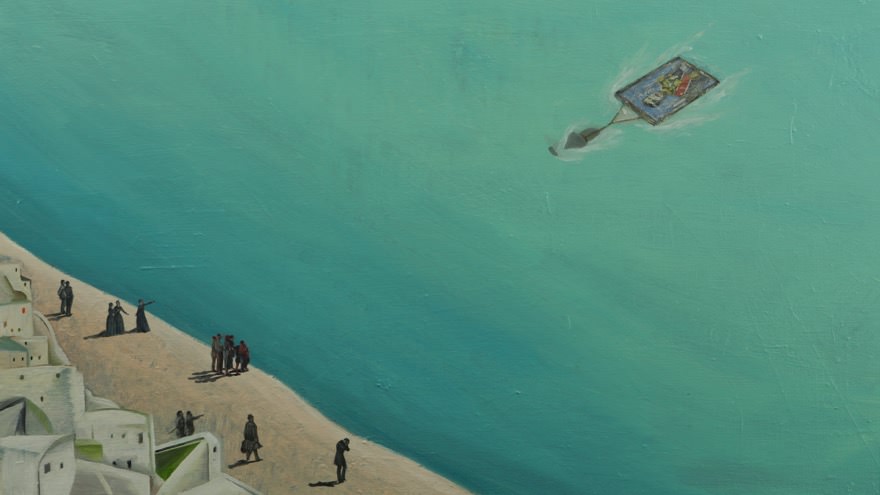


notice Bhim
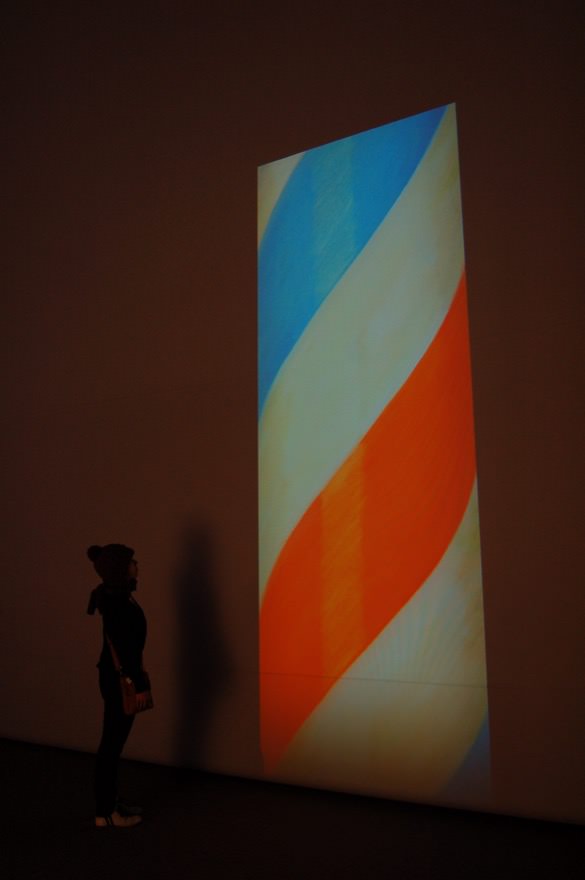
– Synopsis –
The motif of this Animation Tableau is the barber pole. Inspiration was drawn from the idolatry of India and the repetitiveness of the regimental stripe.
When I stayed in India, I was traumatized by hairstyles. I looked for a barber all around, but I could not find any barber pole signs. While I was walking around in the town, what I often saw was an effigy of Ambedkar (Its alias name: Baba Saheb). In a strange way, the “barber” I was looking for and “Baba” of Amdedkar were mixed up in my mind. A question just came up, “What happened to my head?” I have heard that still, his effigies are being made continuously as people keep praising him even after he died in India. As a result, there are overwhelmingly more effigies of him than temples and Buddha statues in India. Baba Saheb’s supporters’ idolatry appears in and out of the shadows while their own free wills go in a different direction. This makes me feel that it is a cause for funny scenery as they are, at the same time, desperately serious about it. So, I feel something of a sense of discomfort and anger about these.

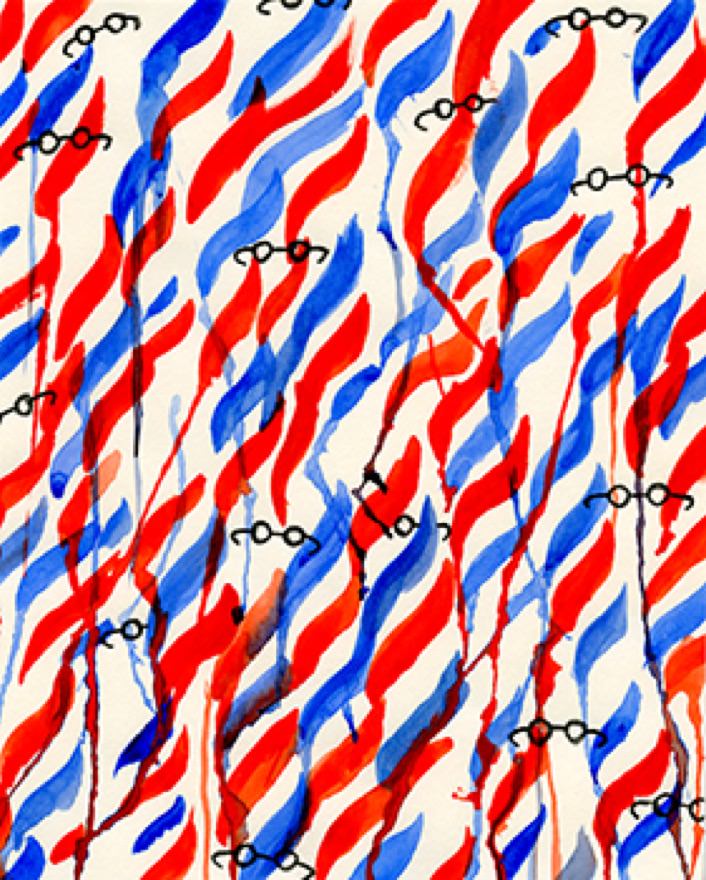
LEE ZO

– Synopsis –
There were three people who killed merely over differences in religion. One day the three believers who lost a mosque and icons through war no longer understood who belonged to which religion, and lost their reasons to fight. At that time, one statue rose in the center of town. Although the town thought it had regained peace by building the statue unrelated to any nation…
– Comment –
The title of this work that uses the Bosnian conflict as a motif is a golden Bruce Lee image. It is said that the image was built in the center of commerce in post-war Sarajevo. The reason the statue’s creator says the following is to communicate to the public on “faithfulness, friendship, and justice”, which do not belong to any religion, “Lee is a true world hero and is a hero of all the races of Bosnia”. If war is seen from the outside, it may seem ridiculously foolish. However, since the people within are very desperate, circumstances make them want to cling on to whatever they can – this makes me feel like running away. The scenes projected here are facts that I draw – I am non-religious and someone who is not directly involved with the dispute. Distinction of different religious believers is not included and there is also no telling which country is being attacked. However, intense bombardment scenes that we often see on television are not viewable either, only the misery and humor of mere war is visible here.
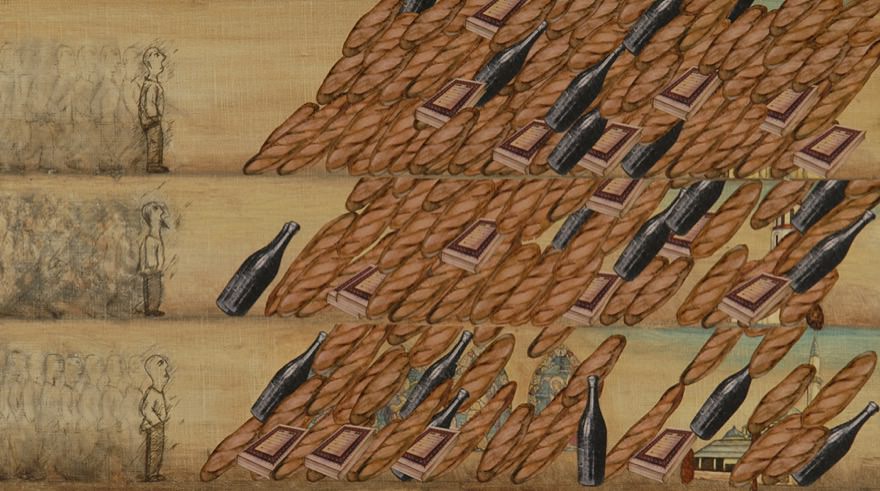
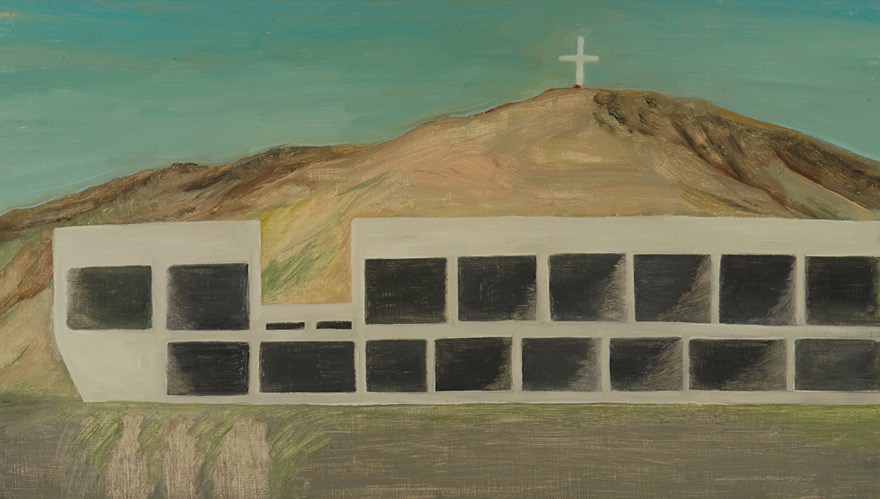
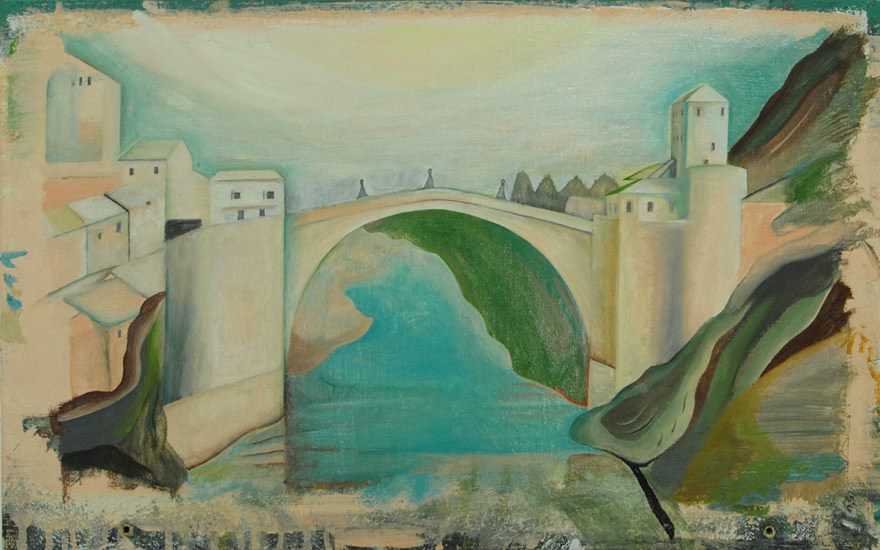
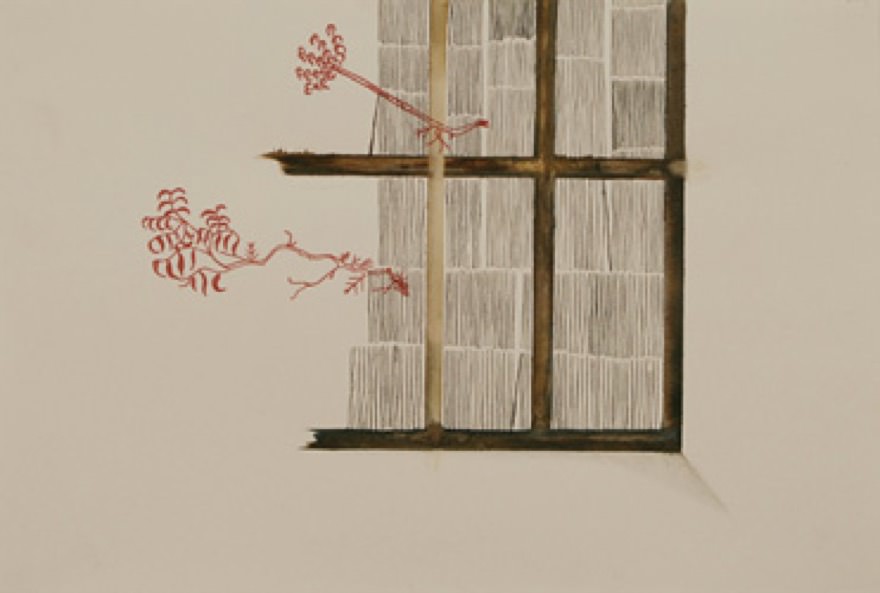
Chandelier

– Synopsis –
For me, a chandelier is something glittering above our heads which constantly radiates a golden aura, just like an emblem of happiness.


A WHITE HOUSE IS FAR
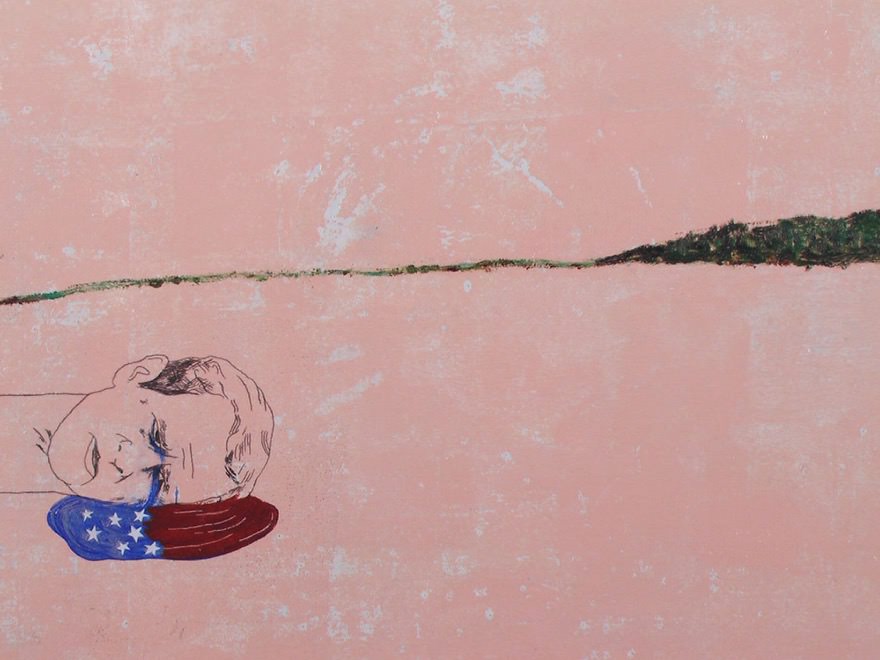
– Synopsis –
Once I saw an extraordinary, realistic image. It was on a monitor in an apartment room located at a peaceful suburb in Tokyo. For the first time, I saw the appearance of someone dying. For the first time, I saw the appearance of someone being killed. It was not played in real-time and it was an event that occurred in a far off place. Furthermore, it was shown only on a small 14 inch screen. Yet for me, it still was more than enough to leaven an intense impact. It would have been a simple matter to turn my eyes away or extinguish the spectacle with the push of a button but I do not know what kept me from doing so. I only stared; I could not move.
In today’s world and even Japan, news reports about murders, confinement, abduction, etc appear as a continuous stream with me being there myself, watching them go by while eating supper. The TV displays a scene of a crime and the murderer, after that, the bereaved and the friends, and even selections of texts from the murderer’s childhood. Finally, it goes so far as to play a video tape recording of a re-enactment. The Japanese have become desensitized to this, so even news programs are desperate to raise ratings on their videos by hook or by crook. Without our knowing, we flip through channels searching for more substantial, concrete, varied content, something more realistic. At this date, I am not proposing post-colonialism. I was unable to do anything as I watched on and today I simply could not watch the news program at all.

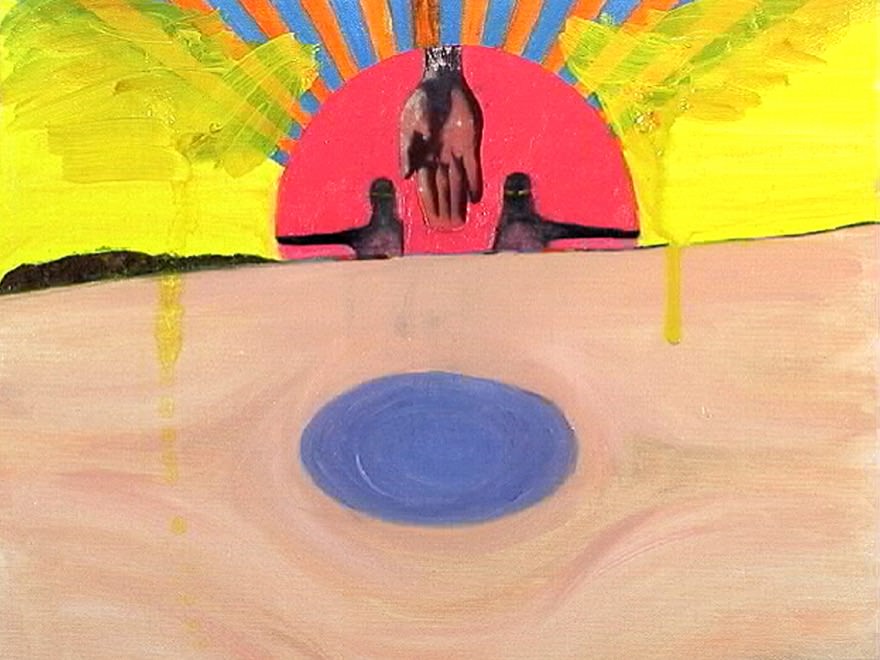

Garden
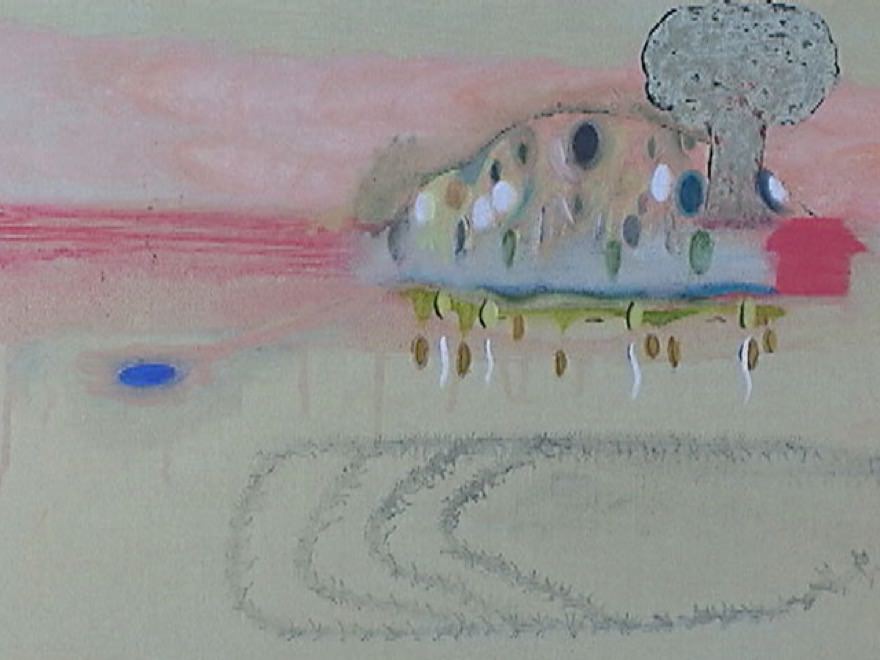
– Synopsis –
The scene extending from the horizon becomes an ordinary one while Mother Earth forms a big garden. Someday, the scene transforms itself into one to reflect the bottom of a memory. The title “Garden” suggests a cemetery or yard but it means nothing to me. Sometimes I feel that scenery is mirroring the bottom of my memory – an idea like this pops into my head.
Sceneries consist of successive moments which seem constant but in reality they pass away in the blink of an eye. We partly lose the feeling of distance with the changing sceneries we see daily from a car or train window. Also, there is the ambiguity of the horizon. Furthermore, it might be a dream that I had. If it was an imaginary scene, was the blue spread before my eyes the sea or sky? An already ambiguous event becomes more ambiguous and as I talk about yesterday’s dream, I become aware that those moments, the so-called images are only just fragments, incomplete. After that, various scenes slide in my mind. When this happens, I think even reality is only seen as images about ambiguous things I notice as I already suddenly stand in a new world. From the place where I stand, the images sink to the bottom of my memory and I start to glean them. This is always the beginning of a “story” for me.
